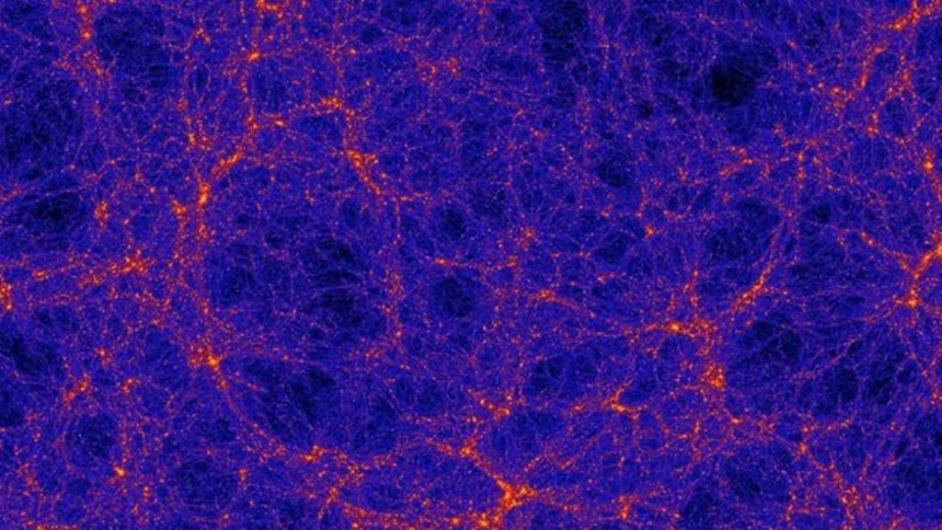A significant cosmological enigma revolves around a disparity in the rate of expansion of the universe. Using a modified theory of gravity and the unsettling “supervoid” our galaxy lives in, a recent study finds an intriguing solution.
The universe is expanding, which is why it looks to us from here on Earth that galaxies are all speeding away from us. However, this isn’t happening at a constant pace; rather, the Hubble-Lemaître law explains how galaxies farther away from Earth are accelerating their motion relative to those closer to us.
Astrophysicists have been attempting to solve the equation describing this over the past few decades, using a quantity known as the Hubble constant. As a result, a galaxy located two million parsecs from Earth will be accelerating twice as quickly as a galaxy located one million parsecs away. This is expressed as kilometers per second per megaparsec (km/s/Mpc).
Using predictable supernovae, some astronomers measure the Hubble constant in the relatively nearby universe; their result is approximately 73 km/s/Mpc. By examining background radiation from the Big Bang, other researchers have measured the Hubble constant in the distant universe and determined its value to be approximately 67.5 km/s/Mpc. The issue is that, even after taking into consideration the known acceleration of expansion, both techniques disagree with no possibility for overlap even as technology advances and uncertainty is consistently reduced in both. This causes an issue with the Hubble tension.
However, an answer to the Hubble tension has been suggested by a recent study. The University of Bonn and the University of St. Andrews researchers suggest that we might need to reconsider some of our preconceived beliefs and consider our place in the universe.
Astronomers discovered approximately ten years ago that the Milky Way, our home galaxy, appears to be situated in a massive void with substantially less matter than any other place in the universe. The reason for this is that, like a massive sponge, matter isn’t dispersed equally throughout the universe but rather in large clumps and empty spaces. Within that sponge, we happen to reside in an air pocket.
One possible consequence of this could be that matter in this supervoid is drawing attraction to the surrounding, denser matter. The Hubble tension would therefore be explained by the fact that closer matter, such as galaxies, would be travelling faster than farther away matter.
It’s still not quite that easy, though, as astronomers still need to adjust the laws of gravity in order for this theory to make sense. The team found that irregularly distributed matter was the only explanation for the observed discrepancy, and the Hubble tension vanished completely when they implemented modified Newtonian dynamics (MOND), an alternative theory of gravity.
Nevertheless, this is more than just a handy mathematical ploy. Over 150 galaxies, specific star clusters, and even the planets in our own solar system have provided evidence supporting MOND, making it a plausible theory with some historical precedent. Furthermore, it would explain the anomalies ascribed to dark matter—the enigmatic material that consistently fails to materialize in experiments meant to detect it. Though it functions under MOND, the supervoid itself defies the Standard Model and makes little sense at all.
The MOND theory is still not commonly accepted, despite an increasing amount of evidence supporting it. To verify the theory and see if it can help unravel some of the universe’s greatest mysteries, more research will be required.
